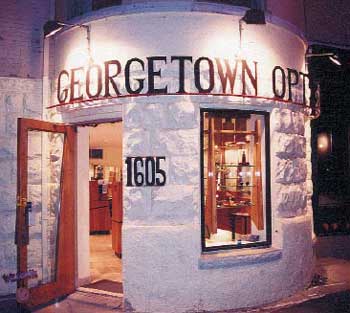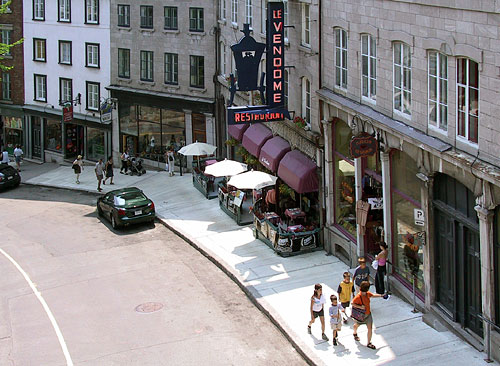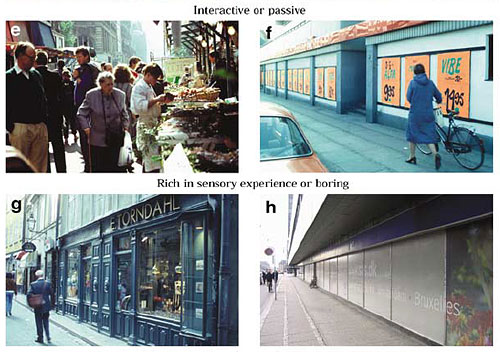Conventional wisdom holds that the U.S. is too spread out for workable mass transportation except in a few high-density cities. Urban planning expert Anthony Downs offers this explanation:
But in 2000, at least two thirds of all residents of U.S. urbanized areas lived in settlements with densities of under 4,000 persons per square mile. Those densities are too low for public transit to be effective. Hence their residents are compelled to rely on private vehicles for almost all of their travel, including trips during peak hours.
Is that accurate? It all depends on statistics and assumptions, both of which are endlessly susceptible to manipulation. For instance, Downs uses “settlements” as the geographic unit of analysis and calculates how many Americans live below a certain density threshold.
That’s one approach, but there are many different approaches. We could use other geographic units and find out the average density in each of them.
| Geographic Unit | Population | Population % of U.S. |
Land Area (sq mi) |
Land Area % of U.S. |
| United States | 281,421,906 | 100 | 3,537,438 | 100 |
| Metropolitan Areas | 225,981,679 | 80.3 | 705,790 | 20 |
| Urbanized Area | 192,323,824 | 68.3 | 72,022 | 2 |
Source: U.S. Census 2000
Looking at the entire United States, what impresses is the vastness and diversity of the land. It’s the America of spacious skies, amber waves of grain, and purple mountain majesties; of trackless tundra, sizzling deserts and rocky badlands.
But look at the urbanized area of the nation and a different picture emerges. Sixty-eight percent of Americans live on just 2 percent of the U.S. land area. Seen in this light, the large majority of the U.S. population is remarkably concentrated on the land. What implication does this have for population density?




